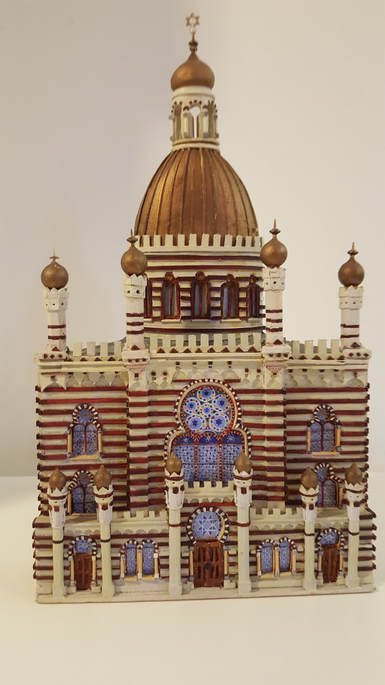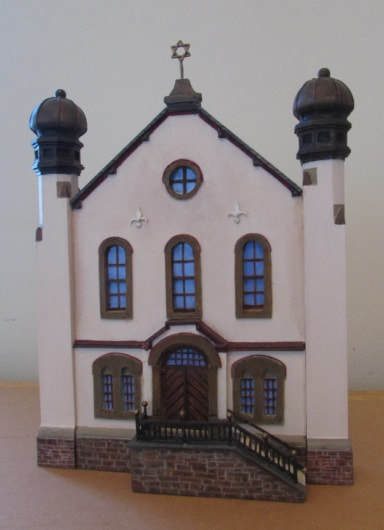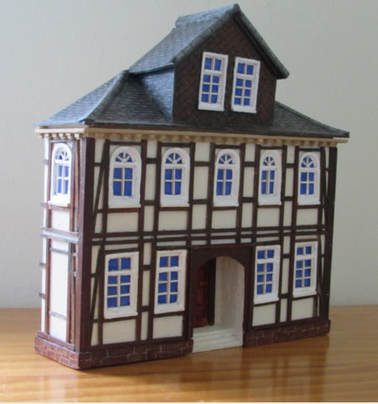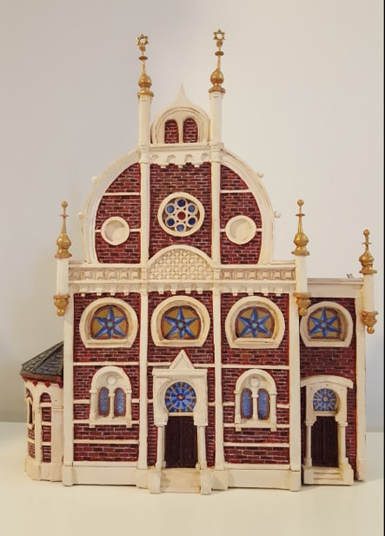Description
Glockengasse Synagogue: Cologne, Germany. Built 1861. Burnt to the ground, Kristallnacht, November 9, 1938. The Cologne Opera House now occupies its space.
The history of Cologne’s Jewish community goes back over a thousand years, most of it marked by repeated cycles of expulsion and subsequent return, open persecution followed by, at best, begrudging acceptance. During the First Crusade in 1096 the city’s synagogue was sacked and many Jews killed. Jews were later forced to wear a distinctive yellow badges, pay heavy taxes, and forbidden to hold public office. Then, in the early 14th century, the Jewish quarter was literally walled off from the rest of the city, with locked gates keeping its residents in at night.
In 1349 when the “Black Death” reached the city, the Jews were blamed, and an angry mob forced Cologne’s Jews to seek shelter in their synagogue, and then burned it down incinerating a large part of the community. The rest of the Jewish community was force out. In 1424 The Jew were expelled again, returning only after the annexation of the Rhineland by revolutionary France in 1794.
By 1933, when the Nazis came to power, Cologne’s Jewish population had grown to 20,000 with four synagogues, several beit midrashes, two elementary schools, a high school, religious schools, a hospital, an orphanage, a children’s home, a home for apprentices, and a Jewish teacher’s training college. The Glockengasse Synagogue was the final masterpiece of Ernst Friedrich Zwimer, one of the era’s most renowned architects, perhaps best know for overseeing the completion of the famous Cologne Cathedral. Completed in 1861, the synagogue served as a hub for Cologne’s vibrant Jewish community until its destruction alongside the city’s other synagogues 77 years later. The site is now occupied by the Cologne Opera.
(13 ½ inches high x 8 inches wide x 2 ¼ deep)






Reviews
There are no reviews yet.